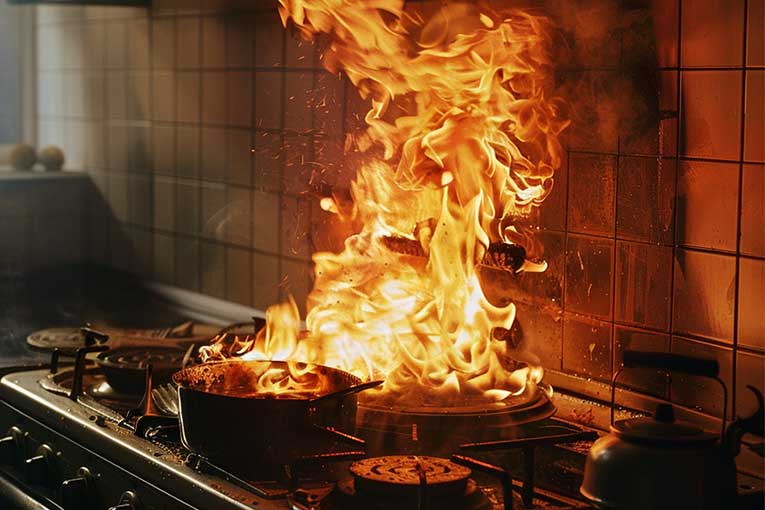Fire safety programme targeting older adults highlights key risk behaviours
- June 17, 2024
- 5:55 pm


Iain Hoey
Share this content
Increased risk of domestic fires for older adults
Older adults aged 65 and over face a higher risk of injury or fatality in domestic home fires.
As reported by the European Fire Safety Alliance, the ageing population and the trend of living independently rather than moving to care homes emphasise the need for promoting fire safety behaviours among this age group.
Current fire safety programmes typically focus on preventive technological measures, such as installing smoke alarms, or planning escape routes.
However, it is necessary to develop home fire safety programmes that also focus on preventive safety behaviours, such as safe cooking, which are common fire causes among older adults.
Needs assessment for fire safety behaviours
A needs assessment was conducted among 4400 older adults to understand their current knowledge and behaviours regarding fire safety.
The assessment, involving interviews and an online questionnaire, revealed that older adults generally lack detailed knowledge about risk behaviours that might cause a fire.
Their knowledge is often limited to sources of fire or moments when a fire can occur.
Key determinants associated with fire safety behaviours were perceived behavioural control, attitude, and response efficacy.
These determinants are essential target variables for future interventions promoting fire safe behaviour among older adults.
Development of the Fire Safety at Home programme
Based on the needs assessment, the Fire Safety at Home programme was developed to improve fire safety behaviours among older adults.
This interactive educational programme includes assignments focused on four common fire causes: cooking, charging electronic devices, connecting power strips, and cleaning dryer lint filters.
Participants engage in discussions and interactions during these assignments, learning what they can do to improve fire safety in their homes.
Measuring the impact of the programme
The impact of the Fire Safety at Home programme was evaluated by comparing it with fire safety programmes provided by the Dutch Fire Service.
The results indicated that the new programme had positive effects on three of the four measured fire safety behaviours: connecting power strips, placing a phone or iPad on a sofa or chair while charging, and cleaning the dryer lint filter.
Additionally, the programme had a more significant impact on attitudes towards home fire safety and risk perceptions.

